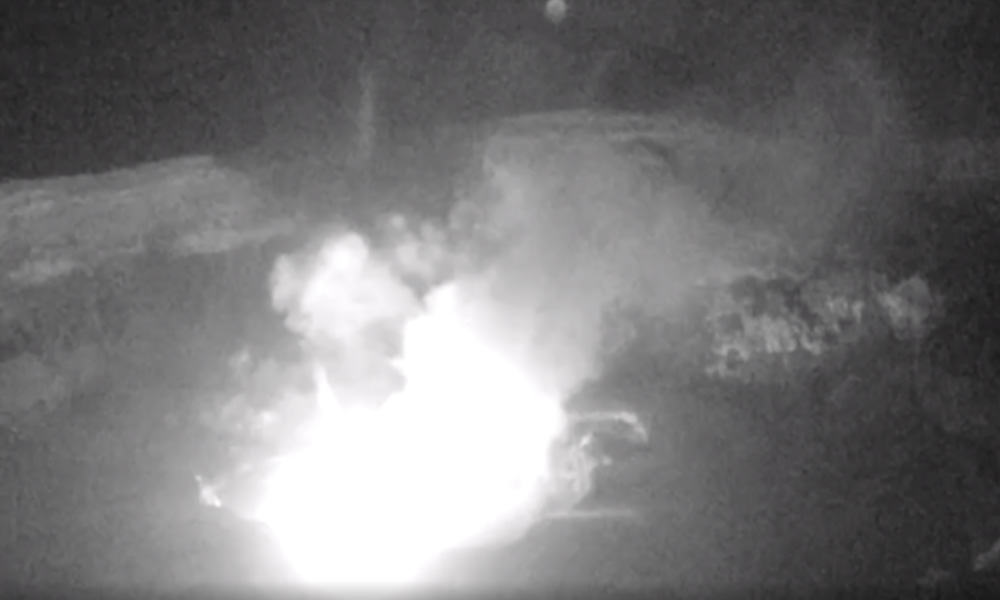Costa Rica’s renowned Poás Volcano National Park captivated visitors and experts alike earlier this month after the slumbering giant unleashed a dramatic burst of fiery activity on the night of February 2nd. The intense event marks the most forceful eruption at Poás since late January, when minor explosions prompted park officials to tighten access.
According to Geoffroy Avard, a volcanologist at the University of Costa Rica’s Vulcanological and Seismological Observatory (OVSICORI-UNA), the eruption commenced around 11:00 PM on February 2nd, rapidly building steam and spewing molten sulfur over 50 meters high by 1:00 AM.
“Poás volcano continues to exhibit frequent low-impact hydrothermal eruptions, with an average of 600 small events per day. However, we observed a noticeable drop in eruption frequency leading up to this major event,” detailed the expert.
Avard attributes the intense activity to high gas pressure spurring combustion reactions inside the volcano, stating, “Challenges with gas release appear to be the primary trigger stimulating this fiery display.”
OVSICORI further cautions that volcanoes can unleash eruptions without warning, especially active sites like Poás. Limited monitoring resources also constrain scientists’ predictive abilities. Recently, the team documented the emergence of a new yellow sulfur vent, or fumarole, within the Poás crater lake.
“We noticed the molten sulfur burning brightly, creating the intense glow captured overnight on February 2nd. While 2019 saw similar nocturnal incandescence, this eruption maintained higher energy levels for hours on end,” described Avard.
Though no lava spilled forth, OVSICORI remains concerned about the volcano’s wildly variable behavior and the drying of its crater lake. The rapid vaporization suggests the poás system faces intensifying internal pressure that may foreshadow more explosive activity. In response, experts plan to boost surveillance of the unpredictable site.
Earlier fiery outbursts in late January alerted park management to public safety risks from red-hot projectiles, sulfurous gases or steam-heated acidic lake water. Consequently, visitor quotas were tightened indefinitely amidst therolling volcanic turbulence.
Research teams now aim to enhance eruption forecasting models while communicating potential hazards to communities nearby. Officials urge awareness and caution from locals and tourists hoping to glimpse the iconic volcano’s fiery personality firsthand.
For now, Poás continues stewing, with experts anticipating further surprises as one of Costa Rica’s most volatile volcanoes blows off steam.






